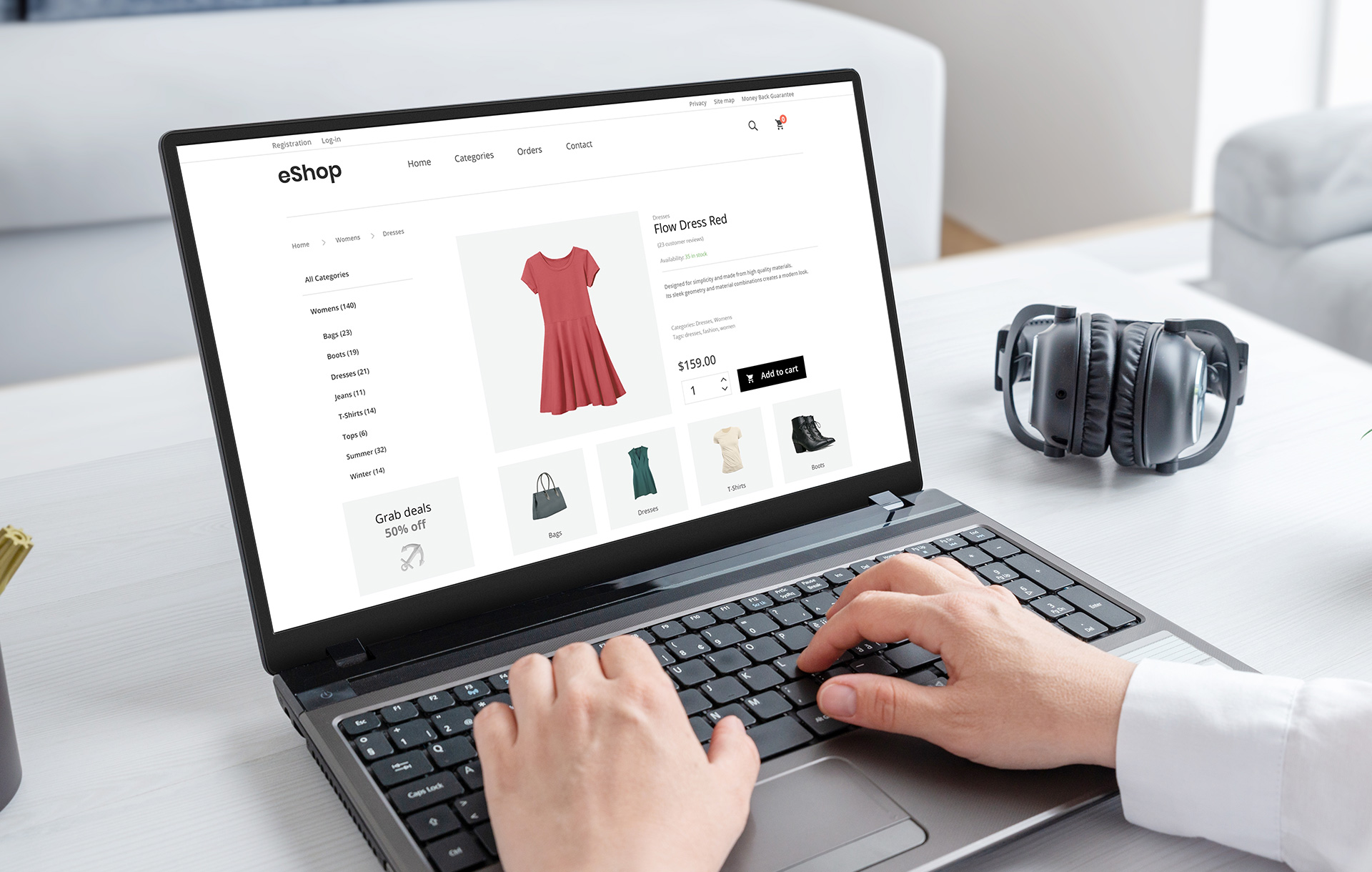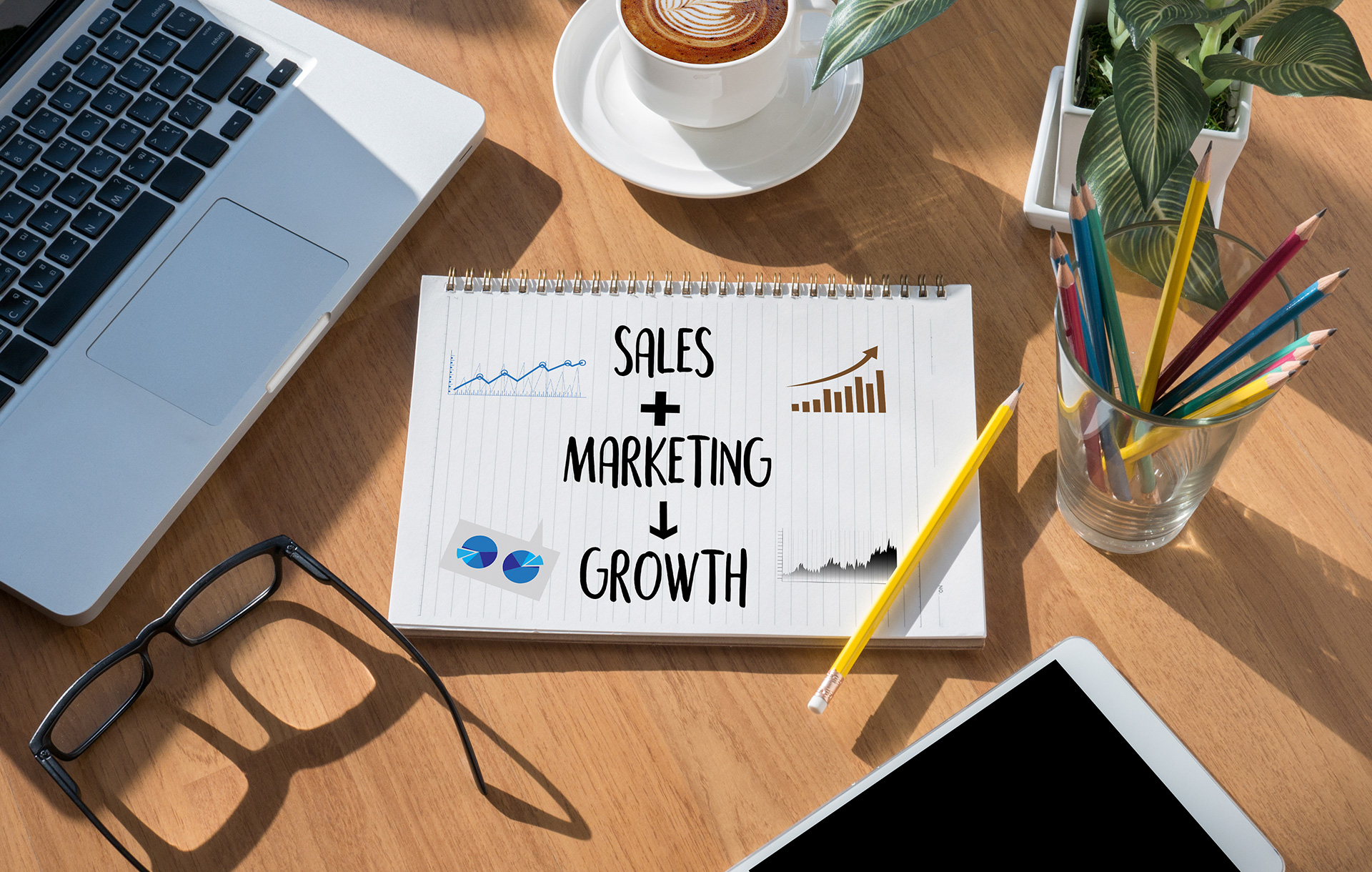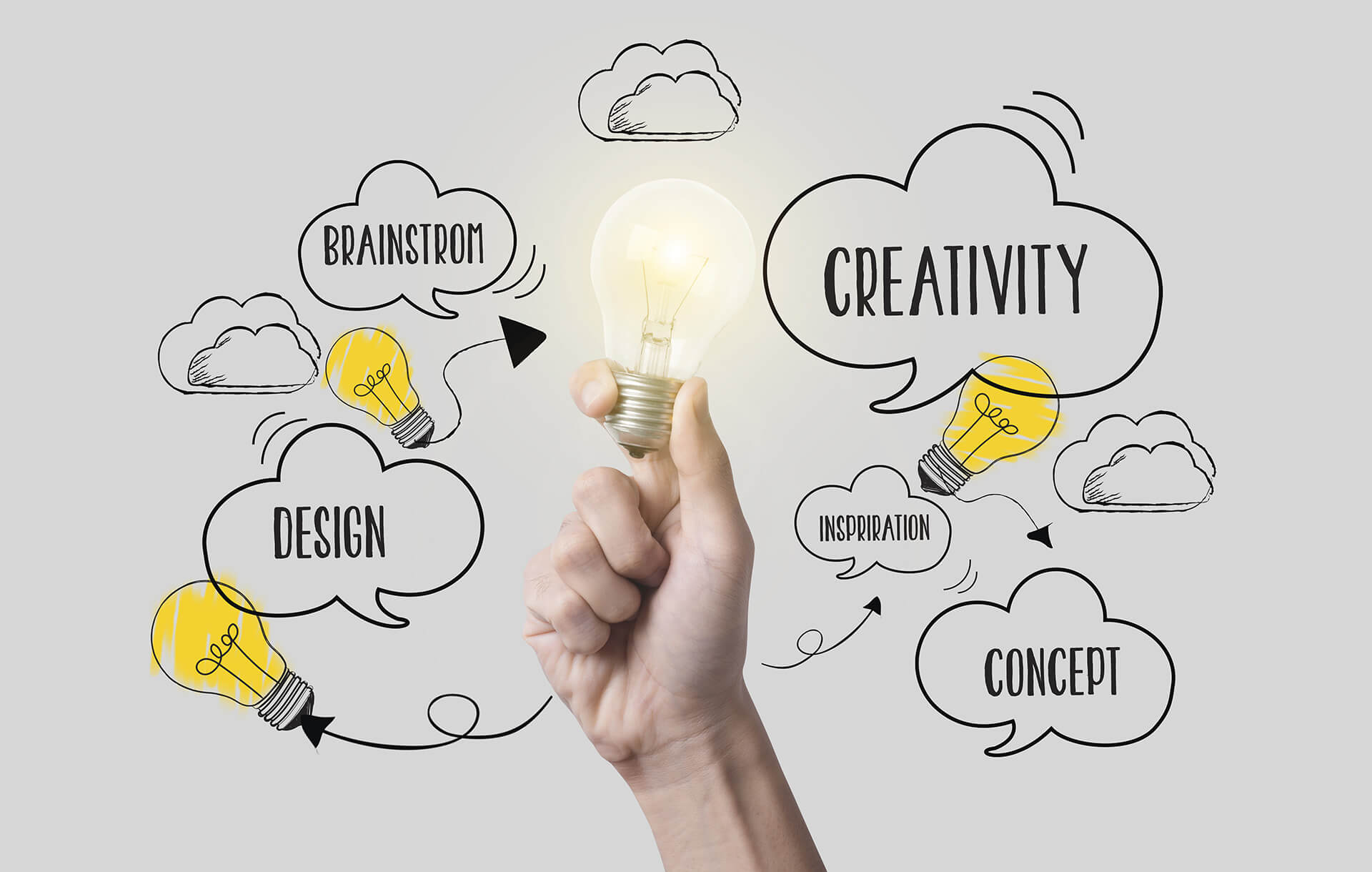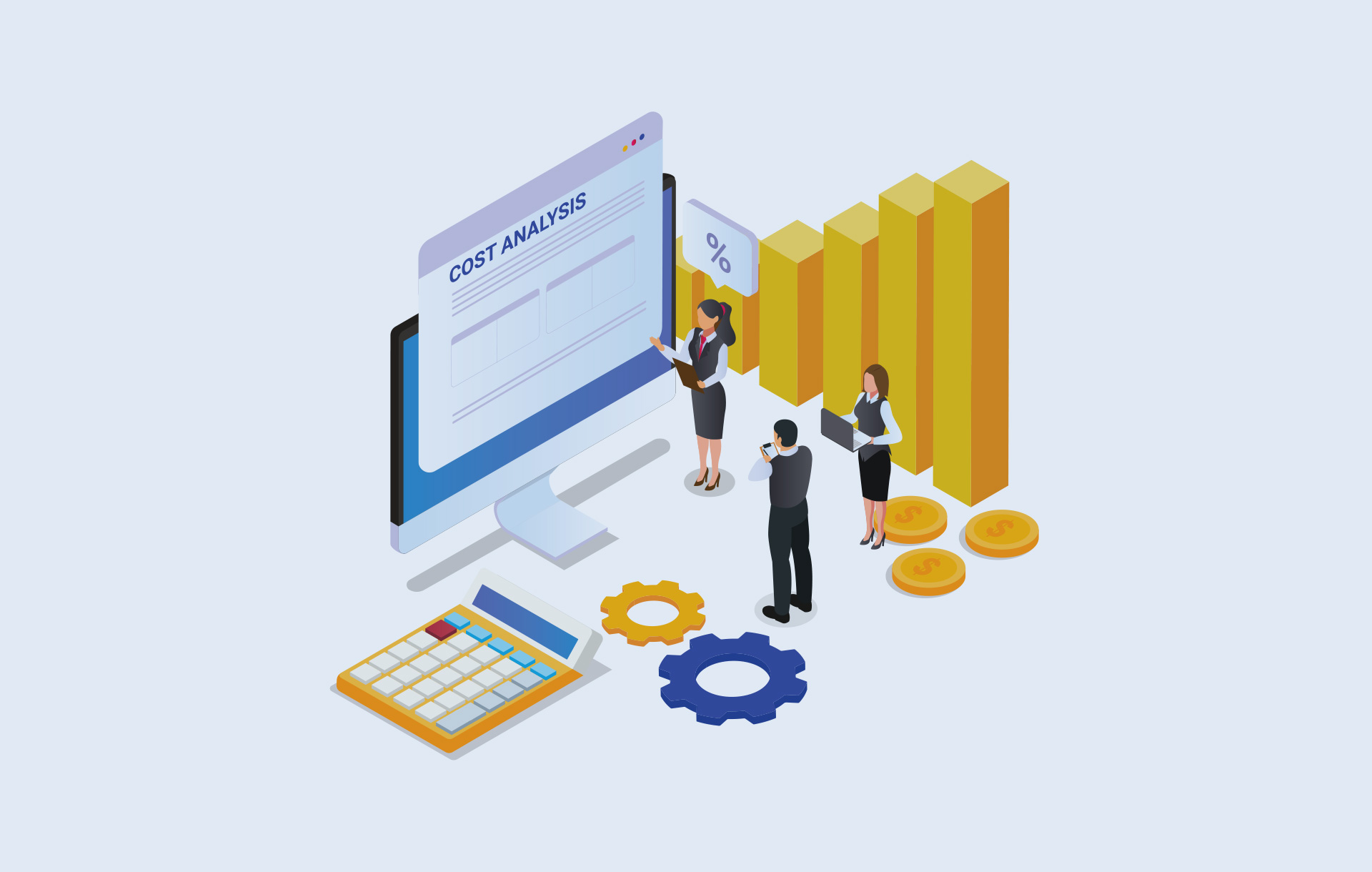
Are you ready to launch your fashion brand? If so, you're about to start an incredibly exciting journey! However, it's not without its challenges. After all, if it were easy, we'd all be doing it, right? Here at Appnova, we've had the pleasure of working with some truly amazing and inspirational fashion brands, from Thaden to Amy Henley...








.jpg?h=1220&iar=0&w=1920)

